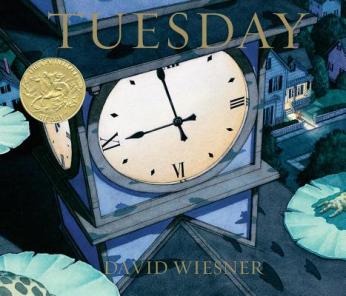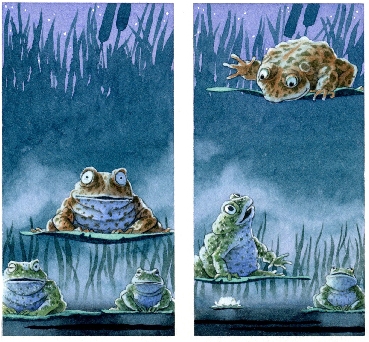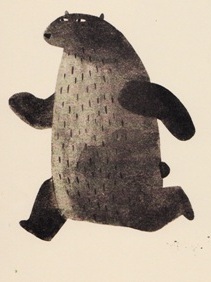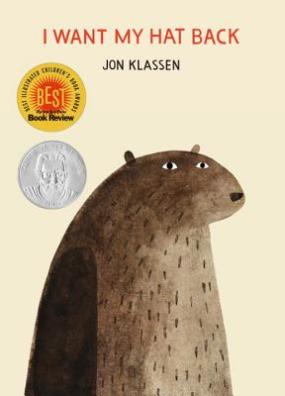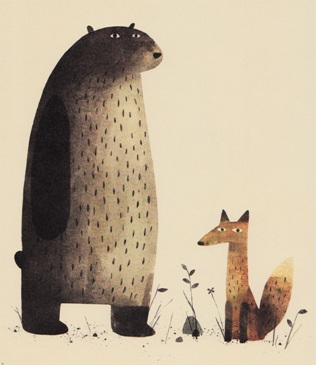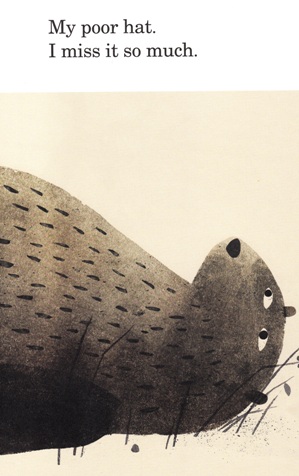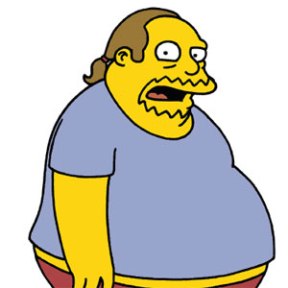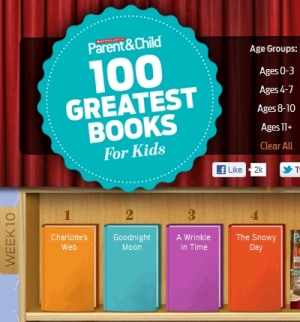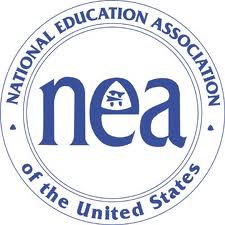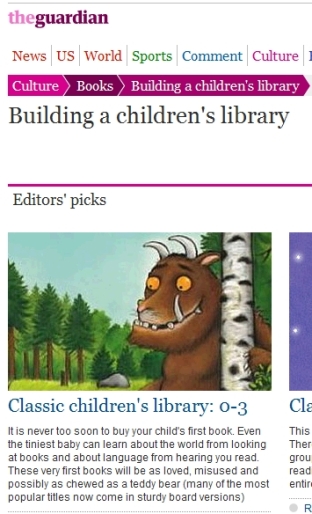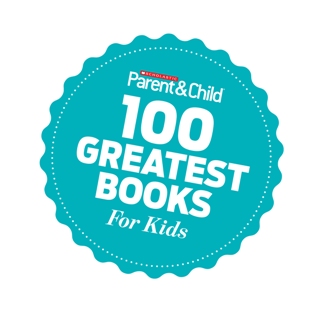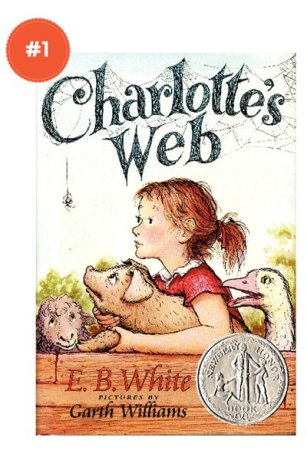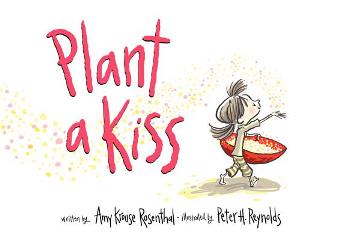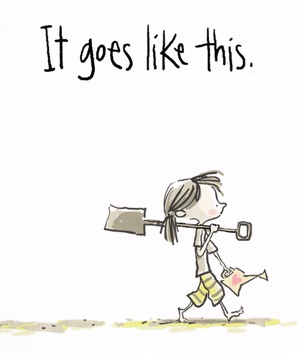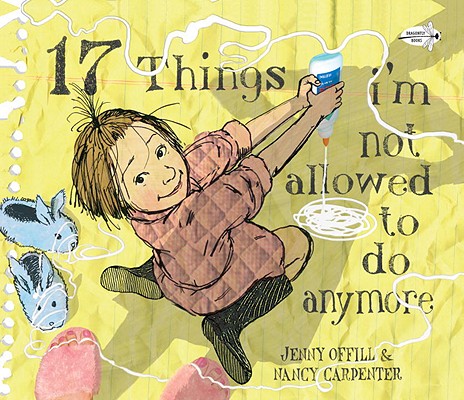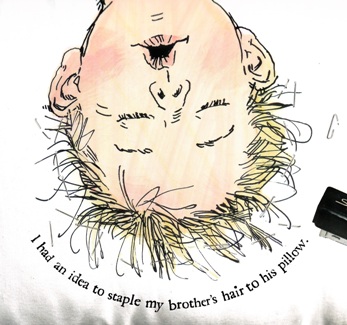I was planning a different post for today, but this morning I realized it was February 29th, i.e. Leap Day, the day that only comes once every four years. Previously I only really enjoyed Leap Day as an excuse to indulge in the bad, old running joke “What if your birthday was on Leap Day? After 16 years, you’d only be 4 years old!” – a joke that has popped up in everything from Pirates of Penzance to Parks & Recreation. But, in recent years, there has been this movement to recast Leap Day as a day where you’re supposed to try new things. It’s the day that doesn’t count, the day that comes around so infrequently that it’s the PERFECT day to finally take big chances. (This new vision of Leap Day was hilariously lampooned on an episode of 30 Rock.)
And I actually love that new definition of Leap Day. It makes February 29th more than just a calendar abnormality. It makes it into something aspirational and optimistic, which are two wonderful qualities for a holiday to have.
So, to celebrate Leap Day, I spent my drive into work trying to think of the perfect book to read my daughter tonight to celebrate the Leap Day spirit and then it hit me – David Wiesner’s Tuesday.
Let me get this out of the way – Tuesday by David Wiesner might be the coolest picture book I’ve ever read. If I was making a list of the ten essential books that ANY home library MUST have (ooh, I might actually do that soon), Tuesday would definitely make the list.
David Wiesner is one of the most talented children’s book illustrators that has ever lived, a fact backed up by his unprecedented three Caldecott Medals and two Caldecott Honor citations. He’s the master of the wordless or near-wordless picture book, where he uses his vivid watercolor paintings to tell beautiful stories, capture subtle emotions, and entertain the heck out of parents and children alike. Our family has a short-list of “must-own” authors – children’s book creators whose work we will buy sight-unseen every single time – and Wiesner is definitely on that list.
I’ll do a longer tribute to Wiesner’s oeuvre another day, but, for right now, let me address the question – Why is Tuesday the PERFECT Leap Day book?
First, it’s all about frogs and reading about frogs on Leap Day is too good of a pun to pass up. Second, the premise of Tuesday really taps into the Leap Day spirit. The book opens with the text “Tuesday evening, around eight” and we then pull in on a turtle in a pond witnessing an awesome sight.
For some unknown reason, EVERY frog in the pond has started to FLOAT up, up, up into the air. Actually, they’re not just floating. They’re full-on flying. They’re soaring through the trees, they’re chasing birds, and, from the expressions on their faces, you can tell that the frogs are LOVING IT. They’re having a blast. They’re doing tricks, they’re sneaking into houses to watch TV, they’re playfully chasing a dog that was previously chasing them – a whole new realm of experience has been opened up to them. [read the rest of the post…]
{ 0 comments }
